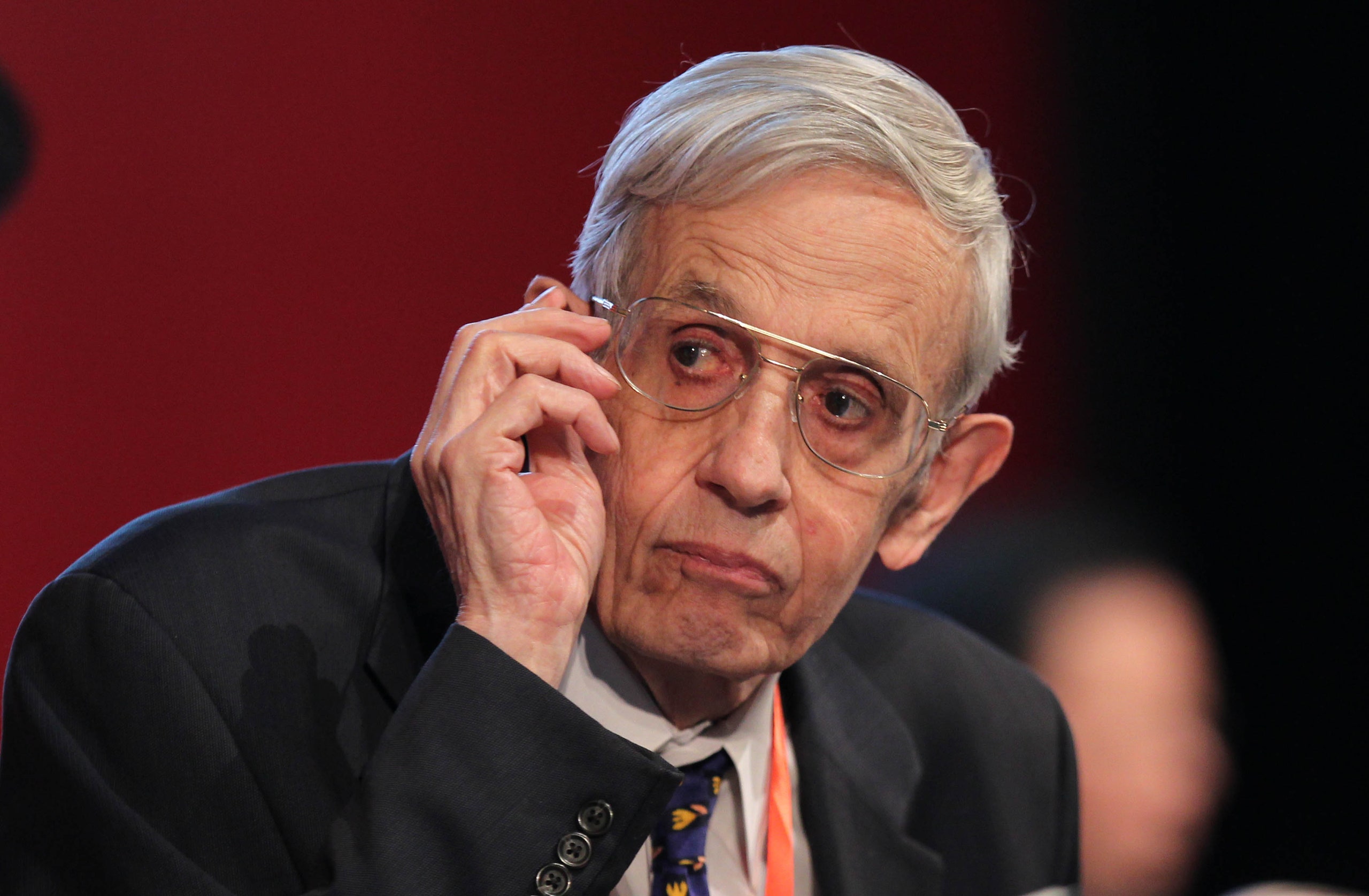
John Nash was one of the 20th Century's greatest thinkers in mathematics. During his life, which ended abruptly in 2015, the Princeton University mathematician made groundbreaking contributions to game theory, differential geometry, and the study of partial differential equations.
Beyond the numbers, Nash demonstrated tremendous tenacity and fearlessness that got him through his long and nearly fatal battles with paranoid schizophrenia. In 1994, after years of professional neglect from fellow academics, Nash received the Nobel Prize in economics. Then in 2001 he became the subject of an Oscar-winning film called A Beautiful Mind, which solidified Nash’s place in the national consciousness.
In 1948, a mentally sound 19-year-old Nash had just graduated with both a B.S. and M.S. in mathematics from the Carnegie Institute of Technology. Considered a prodigy in mathematics, Nash turned down Harvard to enroll in Princeton University, eventually receiving his Ph.D. there in 1950.
Unlike most of Princeton's notable alumni, however, Nash's connection to the school is decidedly complicated. And so, during the nearly 70 years that Nash was associated with the University, he was many things, to many people. These include: an ingenious doctoral student, a mad genius whose brilliant academic career had been curtailed by his struggle with schizophrenia, and finally he was a quiet, courteous elder statesman of mathematics who still came to work every day despite not receiving the recognition many felt he long deserved. In addition, from 1995, Nash held the position of senior research mathematician at Princeton until his death.
Speaking to Nash’s importance to the Princeton community, Princeton President Christopher Eisgruber said, “John’s remarkable achievements inspired generations of mathematicians, economists and scientists who were influenced by his brilliant, groundbreaking work in game theory, and the story of his life... moved millions… who marveled at [his] courage in the face of daunting challenges."
Ultimately, one of the more compelling aspects of Nash’s story is how during the three decades of his illness, his ideas had quietly become influential in disciplines as disparate as economics and biology, geometry and partial differential equations.
As a stabilizing force in tumultuous times, Princeton unequivocally helped Nash get back on track. This much is certain. On the other hand, the giving definitely worked both ways. To Nash's credit, the profound originality that sometimes made his life difficult can now be found haunting the chalkboards and lecture notes and textbooks used to prepare Princeton’s future graduates.
